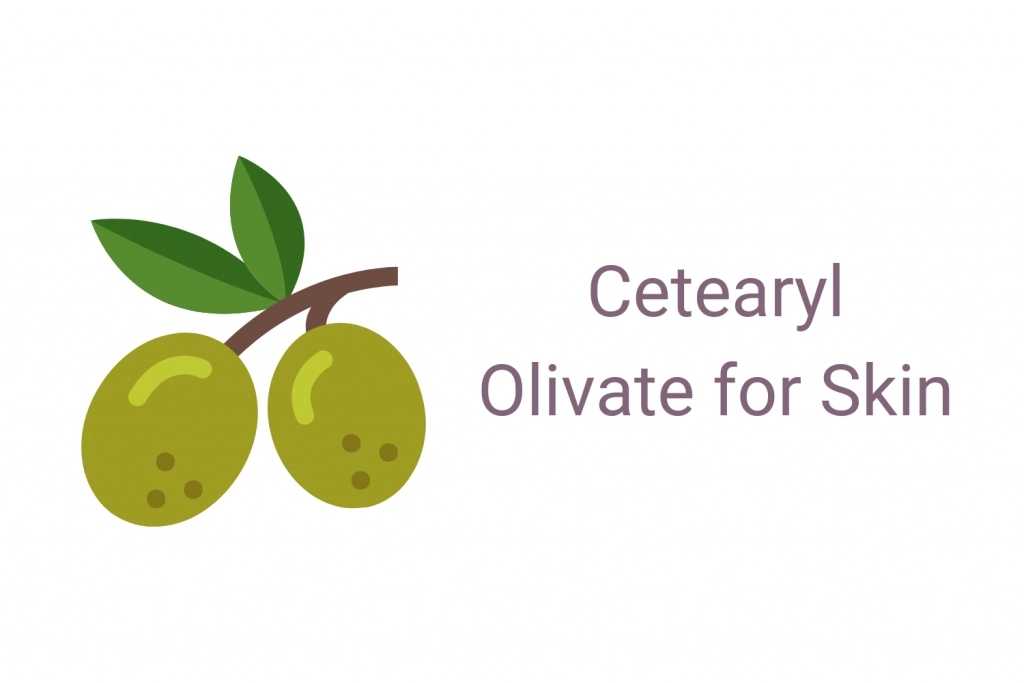There is an abundance of skincare products currently on the market. From facial cleansers to moisturizers, and everything in-between, it can be extremely exhausting to keep up with all the ingredients that are used in these products.
This post may contain affiliate links. Read the full disclosure here
What ingredients are good? Which ones should you avoid? It’s not always clear from product packaging alone.
For those with sensitive skin or who want to be aware of potentially harmful ingredients in their skincare products, the answers to these questions are important!
For instance, propanediol is an ingredient that is commonly found in skincare products. This is a common ingredient in skincare and personal care products for its solvent, emollient, and texture-enhancing properties. While it’s not a natural ingredient, it’s not a bad one either.
What is Propanediol?
Propanediol is a clear, odorless liquid that has a slightly sweet taste, as it is derived from corn sugar. It can also be created in a lab by combining Propylene with chlorinated water, which creates chlorhydrin. The chlorohydrin is then combined with a solution of sodium carbonate.

Propanediol is a glycol that is used in many different products, including numerous beauty and healthcare products. Propanediol is frequently confused with Propylene glycol, which is also used in many skincare and health and beauty products.
However, Propylene glycol is a synthetic version of Propanediol, and while Propanediol is derived from corn sugar, Propylene glycol is derived from petrochemicals.
Propanediol Benefits and Uses
There are many benefits to using Propanediol in skincare products. First of all, this compound absorbs water, helping to thin out many ingredients so they aren’t too thick and difficult to mix.

Propanediol is used in many different industries, although health and beauty is the industry in which it’s most widely used. Here are the benefits of Propanediol:
- Solvent – due to Propanediol’s ability to dissolve substances, it is used in makeup, lotion, face cream and numerous other skincare products, as it improves the ability to mix different ingredients together
- Emollient – Propanediol also has the ability to bring moisture to the skin, increasing softness and smoothness
- Increased Penetration – Propanediol is also used in cosmetics and health and beauty products due to its ability to increase the penetration of other ingredients contained in the formulation. Propanediol assists other ingredients with getting deeper into the skin to clear out pores and promote clean, pimple-free skin
- Texture enhancer – Propanediol has the ability to enhance the texture and consistency of products like facial cleansers, due to its ability to absorb water and promote moisture in the skin.
- An effective natural preservative – Propanediol is often used to naturally preserve the products that it’s used in, maintaining their freshness and safely increasing their shelflife. It is a safe alternative to formaldehyde, or embalming fluid, which is also used as a preservative in many products
Is Propanediol Safe for Your Skin?
Many consumers are concerned about the safety of ingredients like Propanediol on the skin. The Cosmetics Ingredient Review (CIR), an organization that was developed to maintain the safety of cosmetic products, thoroughly assessed Propanediol. After their assessment, the CIR has determined that Propanediol is a safe ingredient that causes little to no irritation on the skin.
This ingredient is safe enough that Whole Foods allows Propanediol to be used in the products that they sell and develop, as they agree that it meets or exceeds the quality care standards for body care items.
Propanediol Comedogenic Rating
We weren’t able to identify the comedogenic rating of Propanediol but it’s considered safe to use, even for those with acne and blemish-prone skin. It’s gentle on the skin and not expected to clog your pores.
The penetration-enhancing benefits of Propanediol can also help acne-fighting ingredients such as salicylic acid be more effective.
What Type of Products Contain this Ingredient?
A multitude of products contain the ingredient Propanediol. Shampoos, conditioners, face cleansers, lotions, makeup, toners, mascara, eyeliner, deodorant, antiperspirants, eye shadow, body scrubs, lipsticks, hair dyes, styling gel, toothpaste, mouthwash, sunscreen, as well as other skincare products.
Even some baby care products contain Propanediol, especially foaming body cleansers.
Propanediol vs. Propylene Glycol
While some people use the words Propanediol and Propylene Glycol interchangeably and refer to them as the same ingredient, these compounds are different.
In fact, some people are unable to tolerate beauty products containing propylene glycol, as it has a tendency to cause eye and skin irritation and sensitivity in many individuals. This leads many sensitive individuals to opt for products containing Propanediol instead because Propanediol is much milder and rarely ever causes skin irritation and sensitivities.
Is Propylene Glycol Bad?
Propylene Glycol is not approved as safe for use in products that Whole Foods sells, like Propanediol. Whole Foods only sells food, household products that are made with naturally better ingredients and aren’t known to cause allergic reactions and irritations in any manner.
Similarities and Differences
These two compounds serve the same purchase in the products that they’re used in, as they both work in the same manner. Both Propanediol and Propylene glycol are low on the comedogenic scale because neither of these compounds causes the pores of the skin to become clogged.
Propylene glycol is a controversial compound, as many consumers question its safety in the thousands of foods, personal care products, e-cigarettes and medications it’s present in. Some of these consumers avoid products containing this compound due to it allegedly causing respiratory symptoms, allergic reactions, neurological issues, skin irritations, and more.
Many of the same consumers feel that Propanediol is a safer alternative to Propylene glycol and they use products containing Propanediol instead.
Propanediol vs. Glycerin
Glycerin is another ingredient that is frequently used in health and beauty products. It is a humectant, so it increases moisture in the skin, making it soft, smooth, and supple. Like Propanediol, Glycerin is clear and odorless, with a sweet taste. In fact, Glycerin is often used in food items, as well, as it helps them to remain moist.
Glycerin has many additional benefits when compared to Propanediol. Like Propanediol, Glycerin moisturizes the skin and smooths and protects it, but Glycerin also has exfoliating properties. Its ability to exfoliate the skin in addition to moisturizing enables the skin to become brighter, cleaner as well as fresher.
Like Propanediol, Glycerin is non-comedogenic, so it does not clog pores. In fact, Glycerin helps to remove debris from the pores of the skin. Glycerin has anti-aging properties. It can help reduce the visibility of fine lines and wrinkles.
Where Does Glycerin Come From?
Glycerin can be naturally derived from sources like Shea butter, coconut oil and animal fat. It can also be manmade, but the synthetic manmade version has been implicated in many cases where harm has resulted from its use. This has caused many consumers to be reluctant to use any version of glycerin, especially if they aren’t sure whether the product contains natural or synthetically derived glycerin.
Which is Better?
While Glycerin can potentially be used in place of Propanediol in many products, and it has been, products often don’t have the same consistency and level of effectiveness when Glycerin is used instead of Propanediol. For instance, a popular manufacturer of natural care products started out using Propanediol in their natural deodorant products.
For some reason, they switched to Glycerin temporarily, but numerous consumers complained that the deodorant not only seemed to attract bacteria as opposed to repelling it, but its consistency was undesirable and mushy, making it difficult to stay on the roll-on stick, which made applying it challenging.
Even though Propanediol can be used instead of vegetable Glycerin and vice versa, there are some products in which Propanediol is more effective, and other products in which vegetable Glycerin is more desirable. In many cases, propanediol makes for a better ingredient than glycerin.
Is Propanediol a Good Ingredient for the Skin?
Yes, after careful testing, many reputable sources have established the safety of Propanediol. It is mild and very rarely causes skin breakouts. Propanediol is used in many all-natural and organic products as a safe humectant, emollient, preservative, and more.
It enhances the effectiveness of other ingredients, such as salicylic acid, a compound that is also used in various health and beauty products.
Related Ingredients You May Find Interesting:




